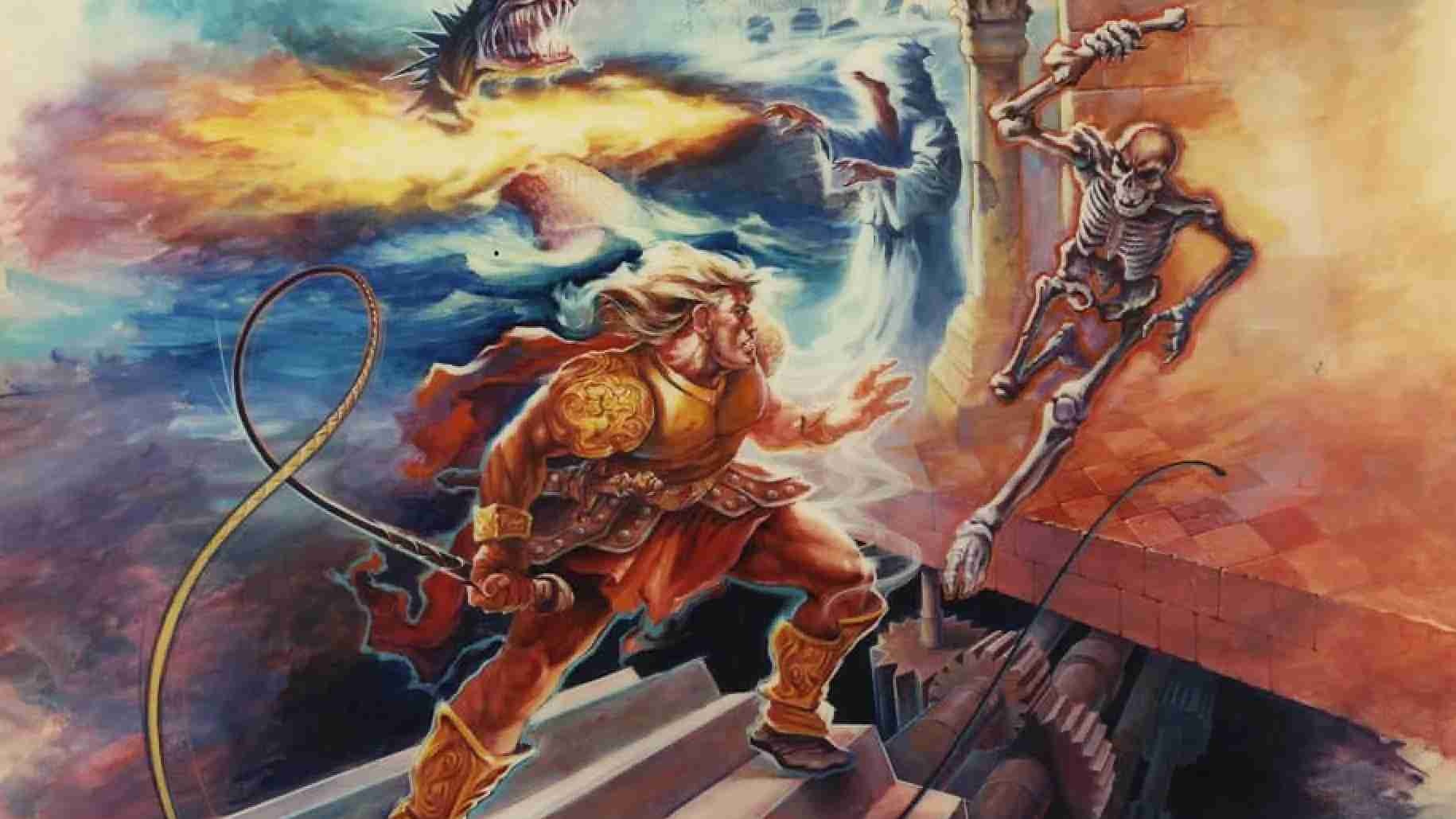
SSDs could become a little cheaper in the next few months, but the price decline should end next year.
The SSD market started 2024 with a steep price increase that lasted until the summer. This was followed by a downward trend that could continue: like the Korean industry portal DigiTimes reported, the prices for NAND flash memory are expected to fall even further. This could lead to a further reduction in the price of SSDs, but manufacturers have already started to counteract this trend.
Review: 2024 is a turbulent year for SSDs
At the beginning of the year, the prices of some hard drives rose noticeably, which was partly due to the shutdown of production by well-known memory manufacturers.
- The world’s largest flash memory manufacturer Samsung, for example, reduced this by around 50 percent at the end of last year.
- Accordingly, SSD prices rose continuously in the first half of 2024 and reached their peak in the summer.
A downward trend has been observed since last September at the latest. The lowest level from last year could not be reached, but at least the price trend was clearly downwards, as you can see with the example of the WD_SN850X:

From December 2023 to June 2024, the price of a popular SSD trended upward before the trend was reversed.
The spot market for TLC wafers, which is so important for the SSD price forecast, also fol lowed this trend; The wafers have become increasingly cheaper in recent months (via DRAMExchange
- The industry estimated the second half of 2024 as a “replacement cycle” for PCs; i.e. a period when many end customers want to refresh their existing hardware.
- However, this cycle did not occur because “economic downturns led to lower consumer confidence.”
Despite the “not fully recovered demand,” manufacturers such as Samsung and SK Hynix are said to have increased their NAND deliveries again. Analogous to last summer 2024, according to DigiTimes, this will lead to market saturation in the context of SSDs – further falling prices are the logical consequence here.
SSD manufacturers are already taking countermeasures and are hoping for 2025
Of course, the major memory manufacturers are already reacting by refocusing production capacities. While the NAND flash market is suffering from low demand, a reverse trend can be observed elsewhere: DRAM products are becoming increasingly popular.
- DigiTimes particularly mentions the AI sector, which is demanding ever larger production due to major customers such as Nvidia (keyword: GB200 with HBM3e memory).
- According to the report, manufacturers such as Samsung are considering converting part of the NAND production line into DRAM to meet the high demand. SK Hynix is a second manufacturer that is toying with such measures.
Accordingly, according to DigiTimes, industry sources expect large companies “sooner than expected [NAND]-Make production cuts.” If this were the case, the SSD market would be faced with a situation similar to that at the end of 2023 mentioned above, with a renewed price increase.
- Regardless, manufacturers are not completely writing off the PC replacement cycle either.
- This may not have occurred this year, but the forecast period was merely postponed to the second half of 2025.
- Accordingly, the industry is expecting demand for NAND flash to rise again – and prices to rise as well.








